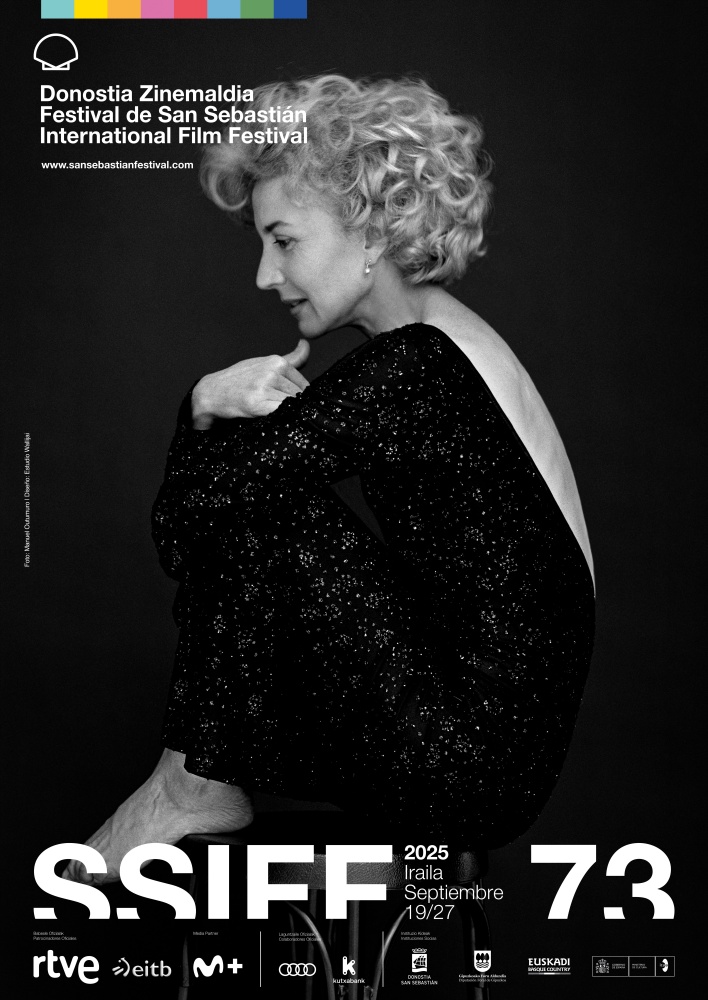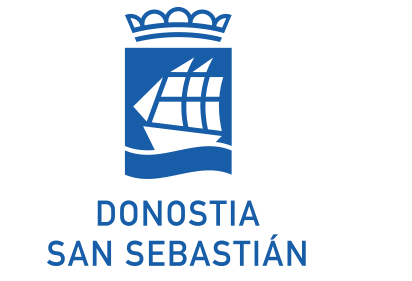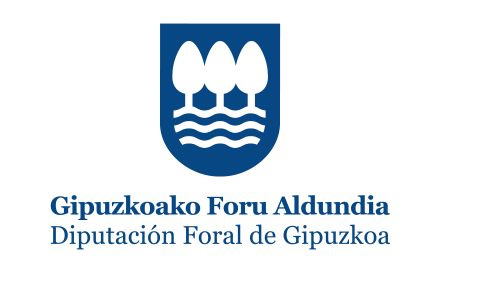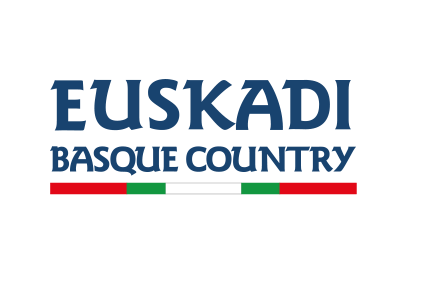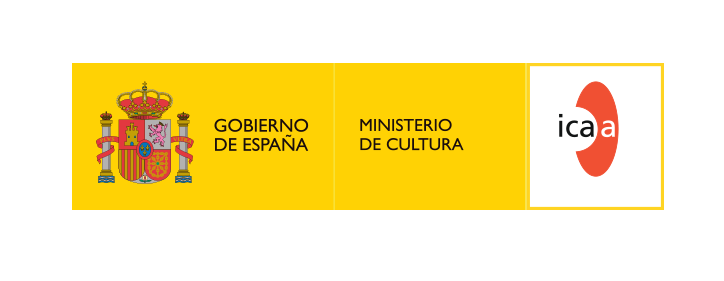YEAR: 2025
ID APARTADO: 4
APARTADO: sections_and_films
SUBAPARTADO:
SECCION: classic_retrospective
TABLE: 1
ID: 22374
LANGUAGE: in
MAQUETACION:
TITULO:
RULE: 1
The Festival
Organization
Sponsorships and partnerships
Sections
Films
Films to be
Awards
Official Awards
Other Awards
Z365" or "Festival all year round" is the new strategic point of the Festival in which converge investigation, accompaniment and development of new talents (Ikusmira Berriak, Nest); training and cinematic knowledge transfer (Elías Querejeta Zine Eskola, Zinemaldia + Plus, Filmmakers' dialogue); and investigation, disclosure and cinematic thought (Z70 project, Thought and Discussion and Research and publications).
In progress
Films
(01/16/2026 - 06/16/2026)
(01/16/2026 - 06/16/2026)
(01/16/2026 - 06/16/2026)
(Coming soon)
(01/16/2026 - 06/16/2026)
(06/02/2026 - 07/02/2026)
(06/02/2026 - 07/02/2026)
(Coming soon)
Works in Progress
WIP Latam - Entry Form
(06/01/2026 - 07/01/2026)
WIP Europa - Entry Form
(06/01/2026 - 07/01/2026)
Projects
Europe-Latin America Co-Production Forum - Entry Form
(04/15/2026 - 06/15/2026)
Zinemaldia Startup Challenge - Entry Form
(04/14/2026 - 06/01/2026)
Ikusmira Berriak - Entry Form
(July – September 2026)
Residences
Ikusmira Beriak - Entry Form
(July – September 2026)
Grants
Youth Jury
Entry Form
(Coming soon)
Complete this form with your details for accessing the contents reserved for registered users.
Enter your email and press send. You will receive a link through which you can reset your password
Complete this form with your details for accessing the contents reserved for registered users.
...
Search in programme
2025. 73rd Edition | 19-27 September
Non-specialised competitive Festival. FIAPF A-list
Opening hours:
Monday to Thursday: from 9:00 a.m. to 3:30 p.m.
Fridays: from 10:00 a.m. to 2:00 p.m.
Monday to Thursday: from 9:00 a.m. to 3:30 p.m.
Fridays: from 10:00 a.m. to 2:00 p.m.
Suscribe to our newsletter
We inform you that the personal data you provide to us on completing this form will be processed by the San Sebastian Festival as the body responsible for this website. The personal data we request will be processed for the purpose of sending you our newsletter. Authorisation to do so is given through the consent of the interested party. Only the San Sebastian Festival will send you messages and we will not disclose your data to third parties. We inform you that the data you provide to us will be stored in the Mailrelay (email marketing providers) servers, located within the EU. See the Mailrelay privacy policy. If you do not enter the data appearing as mandatory on the form, we may be unable to fulfil your request. You can exercise your rights of access, rectification, limitation and deletion of data at privacidad@sansebastianfestival.com. You can consult additional and detailed information on Data Production in our privacy policy.
